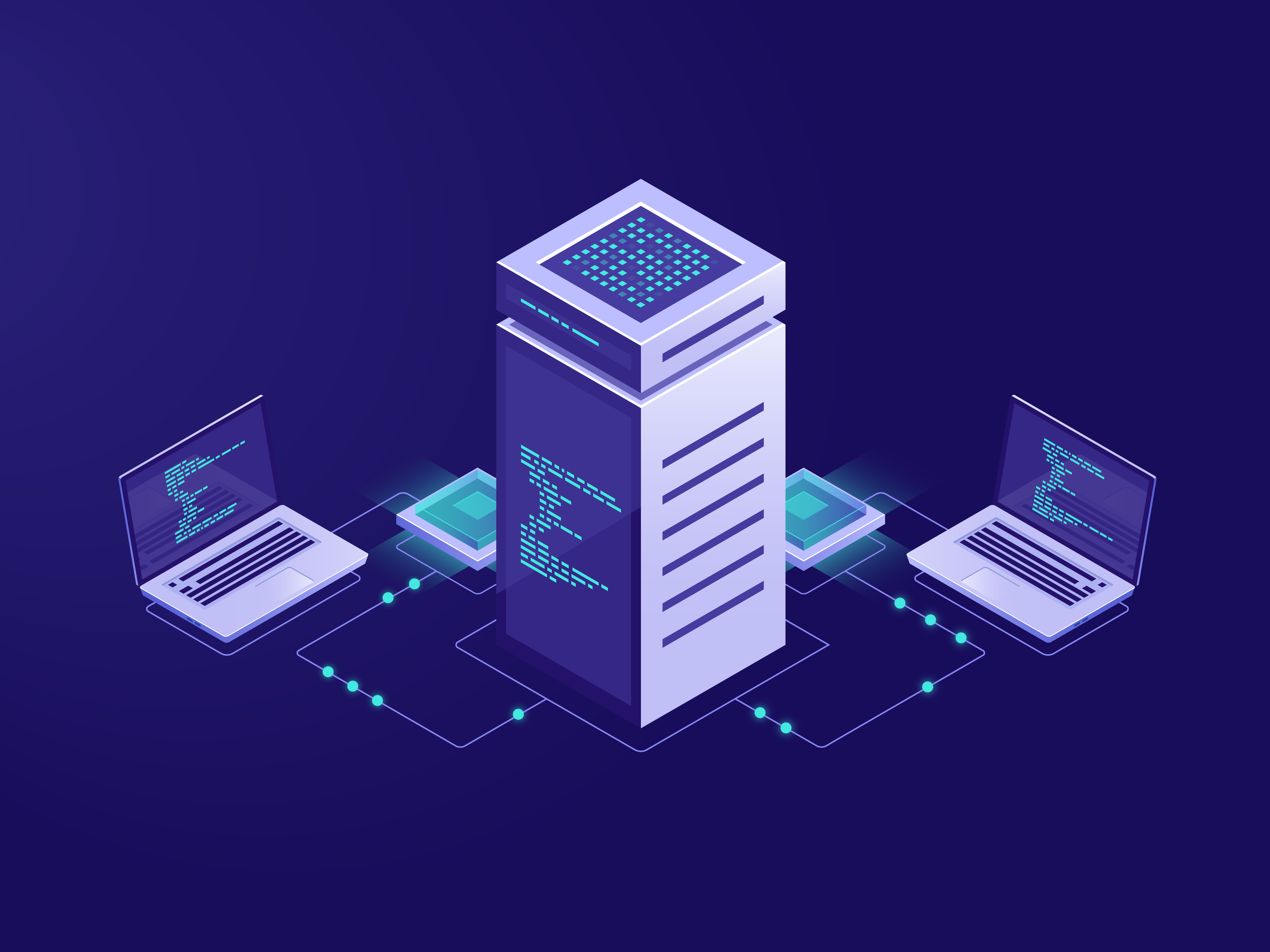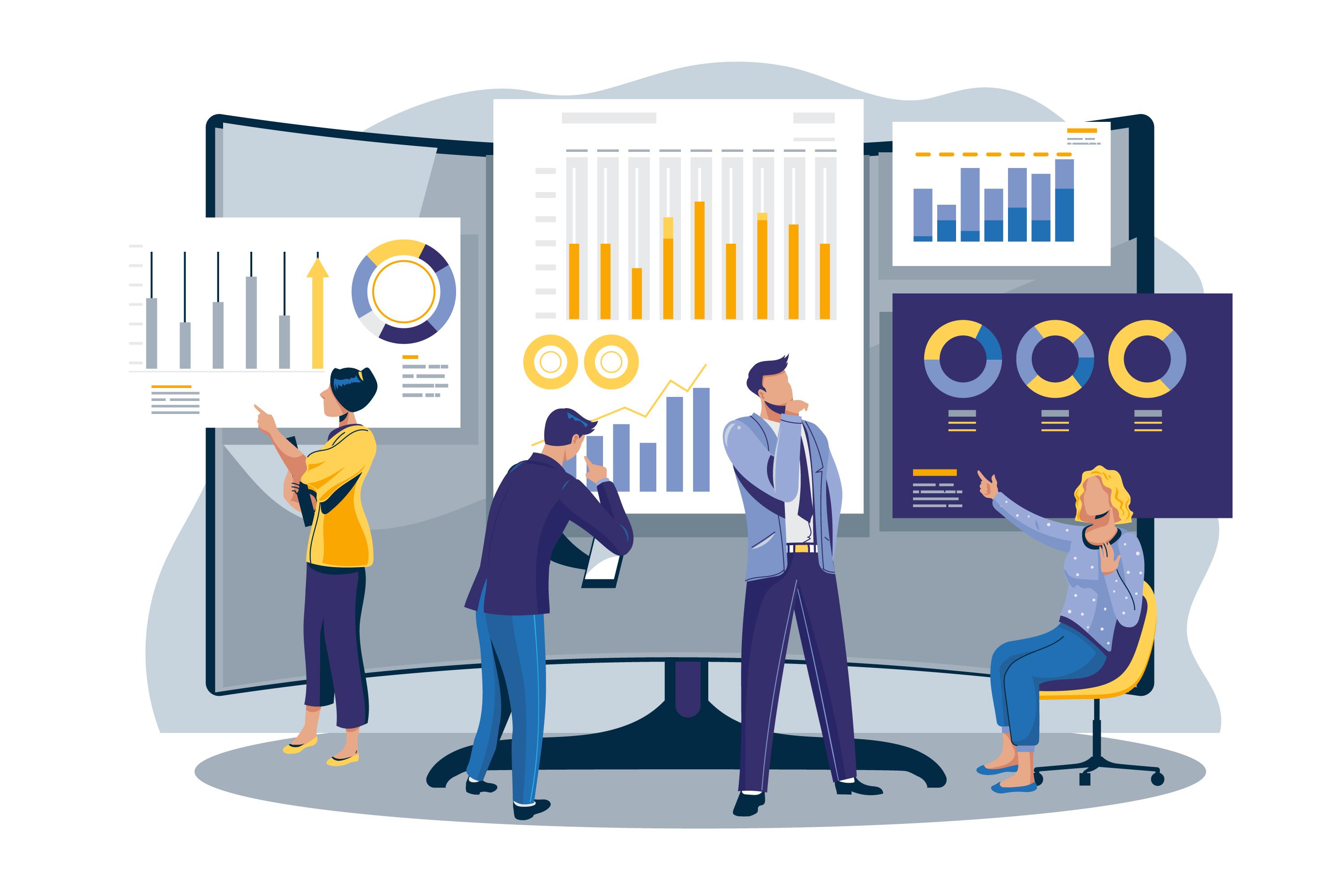Data Warehouse for the Beginners!
This article was published as a part of the Data Science Blogathon.
Introduction
The concept of data warehousing dates to the 1980s. IBM is one name that easily enters the picture whenever long history in computer science is involved. DHW, short for Data Warehouse, was presented first by great IBM researchers Barry Devlin and Paul Murphy established the enterprise called “Business Data Warehouse.”

Their idea was to aid architecture for the flow of information from how things are carried out as a system to decisional support environments. Typically implemented via relational database techniques. The so-called Relational Database Management Systems (DBMS).
What is a Data Warehouse?
The beauty of DWH is that it includes historical data gathered from transactions done in the past, providing integrated, enterprise-wide, historical data and focusing on providing support for decision-makers for data modelling and analysis. This data is obtained from one or more different data sources. This is why Data Engineers consider data warehousing an important field to explore. The need for data in data science could be effectively met by utilizing this old technique by bringing in new efficient options. One key purpose of DWH is the facilitation of management decisions.

Definition
DWH is a well-structured data repository developed by an organization to manage their transactions, capturing all constraints in order to make informed decisions, thereby controlling the business environment. This data is separated from the actual business system, meaning it is not part of the real-time system but is gathered for later use. It does not typically process with the default system. DW functions as a backup for the business in holding an image that can be used to make comparisons. This ability makes bringing in modern data skills like machine learning feasible and easy.
Types of Data Warehouse Applications
We will discuss the three types of data housing as listed below;
Information Processing
This kind of application allows for fetching data via query and getting hands-on results like fetching via query the customers born in the current month. The results are gotten hands-on and used for business decisions.

Analytical Processing
Secondly is the Analytical Processing Applications, where the DWH can allow analysis for multiple needs at a time. Even though other possibilities, such as the Drill Down, can be used, it only streamlines to a detailed level. Drill down tracks from the hierarchy level until the minor detail level for the root cause analysis.
Data Mining Applications
This is a kind of DWH application that allows the searching for even unknown traits. Instead of looking for a query or something already known, data mining allows for unknown patterns to be discovered. This is a powerful aspect that many businesses require data analysts to carry out. Since the result is unknown and is commonly new findings, it is the duty of the Data Analysts to communicate this to the company through a technique known as Storytelling.
Features of a Data Warehouse
Different data systems do not fit a DWH. It is expected that some of these features should be used to identify one.
Communicability
This feature allows the DWH to be integrated between distinct sources of data. This is done in different relationship methods connecting databases and allowing the transfer of files. It could be one to one, one to many, or many to many. Files, etc. The benefit of the DWH will be still managing the various files without any conflicts, which could be format issues.
Time-Series
This allows the DWH to organize its data orderly as they arrive. When new data is recorded, it is recognized time-wise. When old data is needed for planning, it can easily be referenced over time, making it very rich for analysis.
Subject Oriented
This is the ability of a data system to be organized categorically under headings. For example, a bank will categorize subjects like customers, cashiers, tellers, etc.
Non-volatility
This is a feature of consistency and does not allow changes to be made to past data stored. This key feature allows the DWH to hold systems images allowing the company to compare the feature with the past easily.
Why Data Warehousing?
Despite the numerous benefits of DWH, we will cover a few of them here.
Storage of Data
Data Warehouse is needed to store the company data for future usage. With Data Warehouses, a large amount of data can be conveniently kept for future usage.
Data Analysis
Carrying out data analysis becomes easy and efficient with a good Data warehouse. Data could be queried. New actionable insights could be gotten and reported to the management to make informed decisions. Reporting becomes very rich, increasing profit chances.
Data Quality
Access to more organized and presentable data. The challenges of usual databases are removed by integration and the ability to unify the data. Since there could be heterogeneity, DWH provides stability and consistency.
Integrity
Some companies may want to keep their data for legacy reasons or to show transparency. The data availability becomes a show of transparency and respect. This will maintain the organization’s historical information.
Decision Making
Strategies could be well planned with actionable insight from the data analysis results. Market trends are seen through forecasts, and the management can make investment plans. Other benefits include easy access to data, better DBMS and system performance, and a high-profit rate.
Challenges of a Data Warehouse
Time Consuming
The requirements for setting up a DWH can take a lot of time, and the company may not be ready to invest. It also takes time to get a good DWH; hence many activities may need to unfold to gather rich data.
Expensive
DBMS are expensive to own and maintain and talk more of a DWH. The cost of paying DB administrators, other data engineers, and analysts may not be feasible for the company.
Technical Know-How
The system requires high skills as data disasters could be very bad for the company.
Conclusion
This article is to give both start-ups in DWH and pros in other data-related fields a heads-up on the idea of DWH. This is a field that holds potential in these data-driven times. Some of the important key takeaways from the article are:
- Data Wearhouse is a centralized data repository that can be queried for business benefits. It is a database system for information to satisfy decision-making requests.
- Data Warehousing supports architectures and tools for business executives to systematically organize, understand and use their information to make strategic decisions.
- It gathers data from an organization, including daily operations and transactions.
- It is not used by end users but is a collection including the data of the activities of end users.
Read more articles on data warehouse here.
The media shown in this article is not owned by Analytics Vidhya and is used at the Author’s discretion.












Great work brother. I am always proud of you my Director Academy.